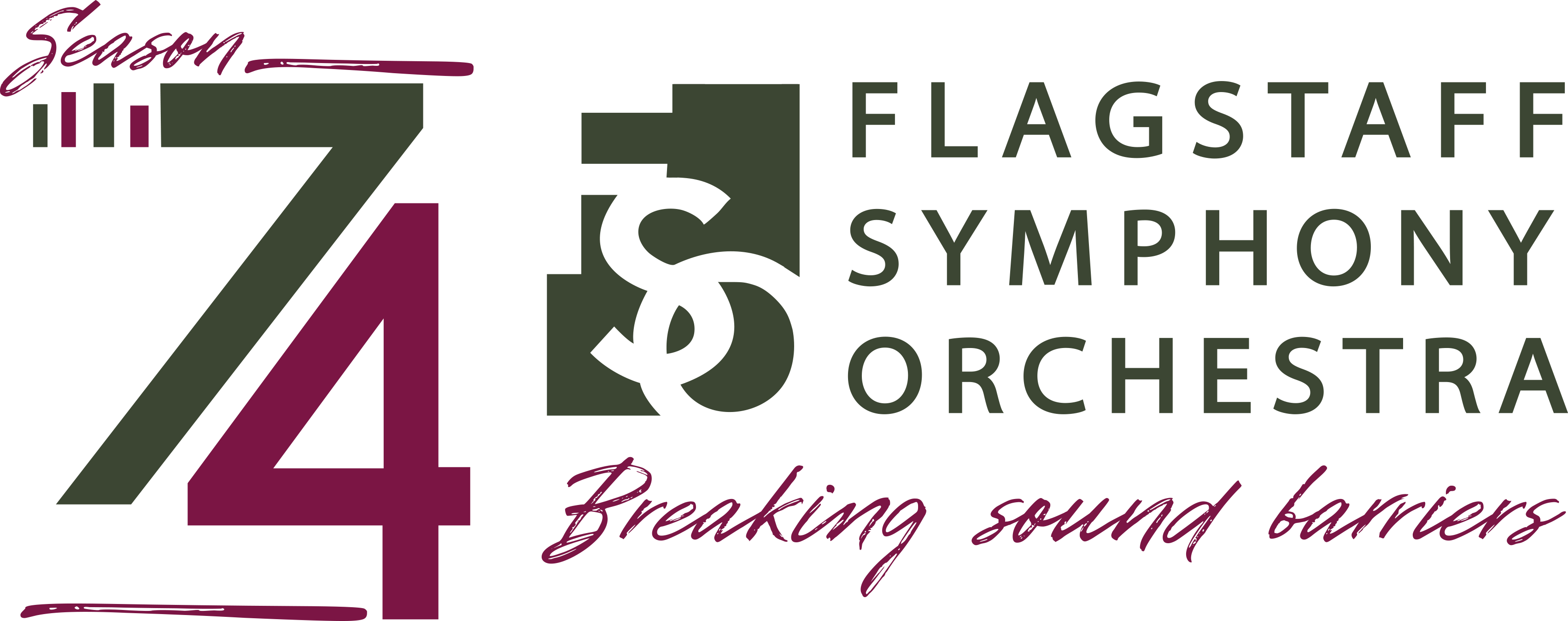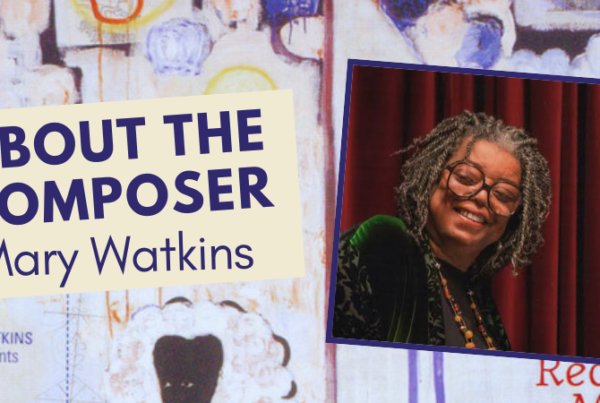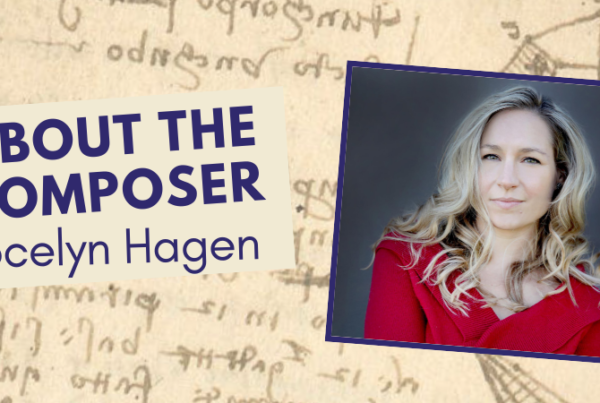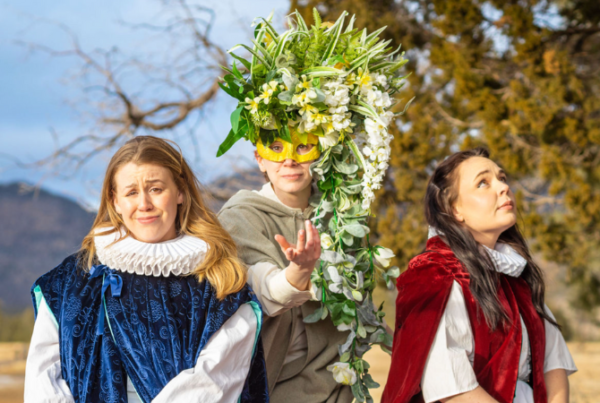Carnival Overture, Op. 91 Antonin Dvořák (1841-1904)
This popular concert piece (not really an “overture” in the sense of a prelude to a subsequent composition) is similar in nature to the orchestral “overtures” by Dvořák’s mentor Johannes Brahms. It is part of a cycle of three pieces entitled “Nature, Life, and Love.” The Carnival Overture is the only portion of the trio that is still heard with any frequency. It was written in 1891, following the conferral of honorary doctorate degrees by both Cambridge University (another professional parallel with Brahms) and the University of Prague, just prior to the composer’s sojourn in the United States.
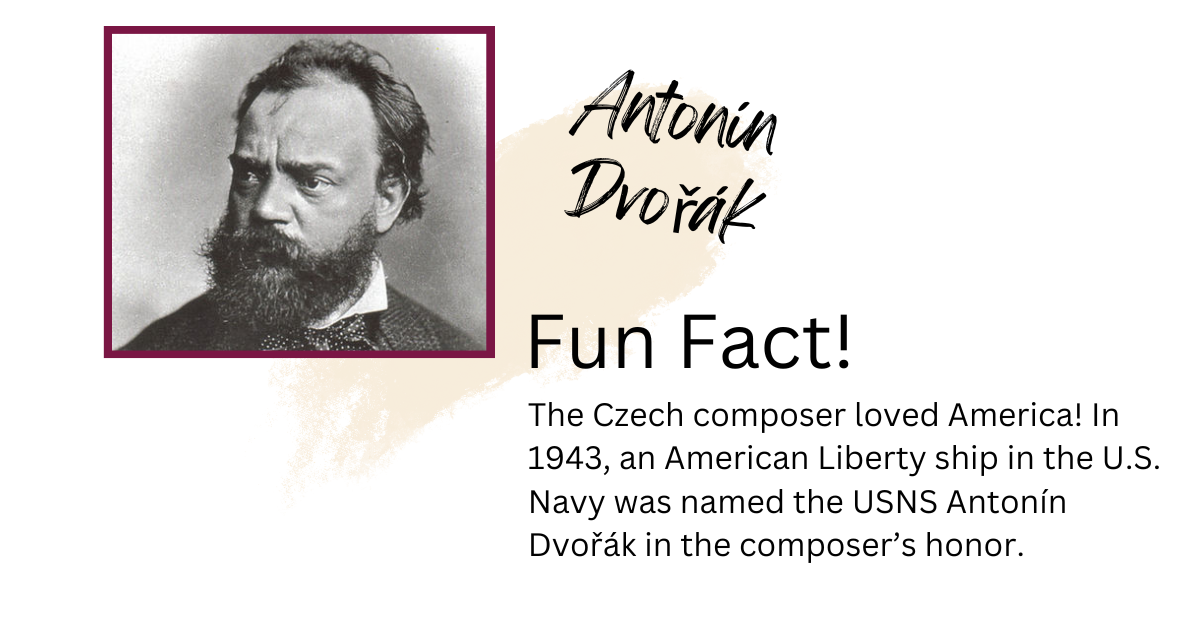
HiJinx! Judith Cloud (1954-2023)
HiJinx! was commissioned by clarinetist Peter Wright in the spring of 2013. It is a mostly humorous piece aimed at entertaining the audience and the members of the orchestra. I also intended it to be a suitable companion to the Rossini Introduction, Theme and Variations, also featured on the Jacksonville Symphony’s 2014-15 season opener. Keenly aware of Peter’s fine soloistic abilities I approached organization of the workaround quotations from well-known clarinet solos. The work was composed between December and March with Peter’s mischievous personality constantly in mind, thus the inclusion of random quotations from opera, chamber music, and popular song.
–Program notes by Judith Cloud
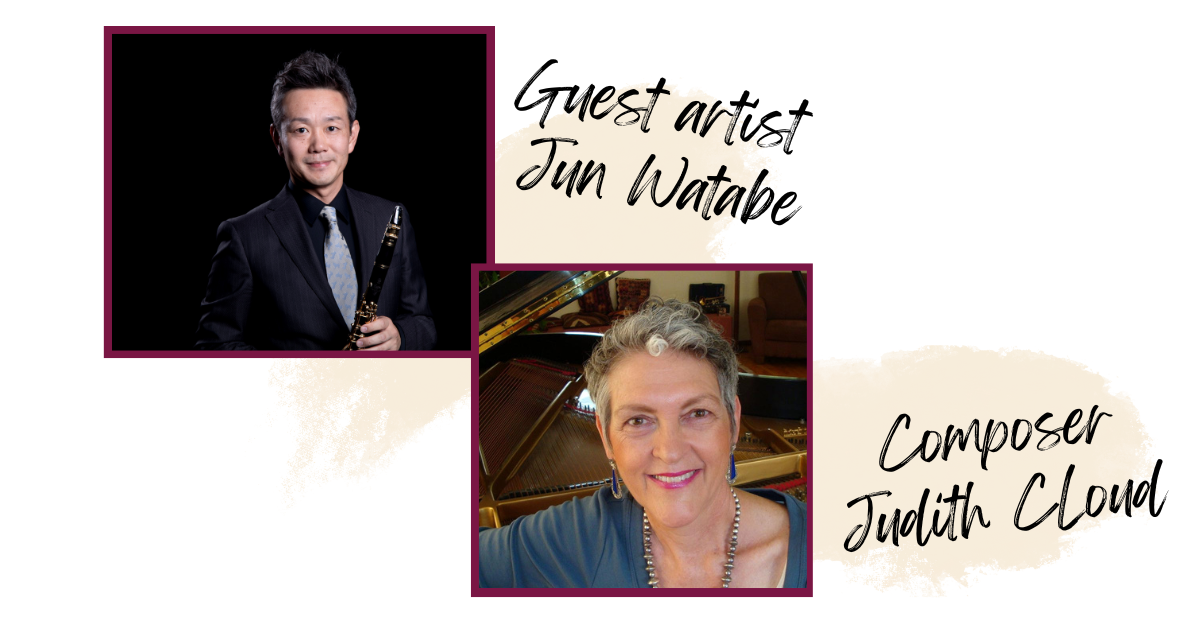
Symphony No. 2 in E minor, Op. 27 Sergei Rachmaninoff (1873-1943)
Sergei Rachmaninoff was one of the last exponents of the Russian Romantic tradition that included Glinka, Glazounov, Rimsky-Korsakov, Mussorgsky, and Tchaikovsky. His Second Symphony, Second and Third Piano Concertos, and Symphonic Dances represent the most substantial and enduring examples of his output as a composer and continue to be a significant part of standard orchestral repertoire.
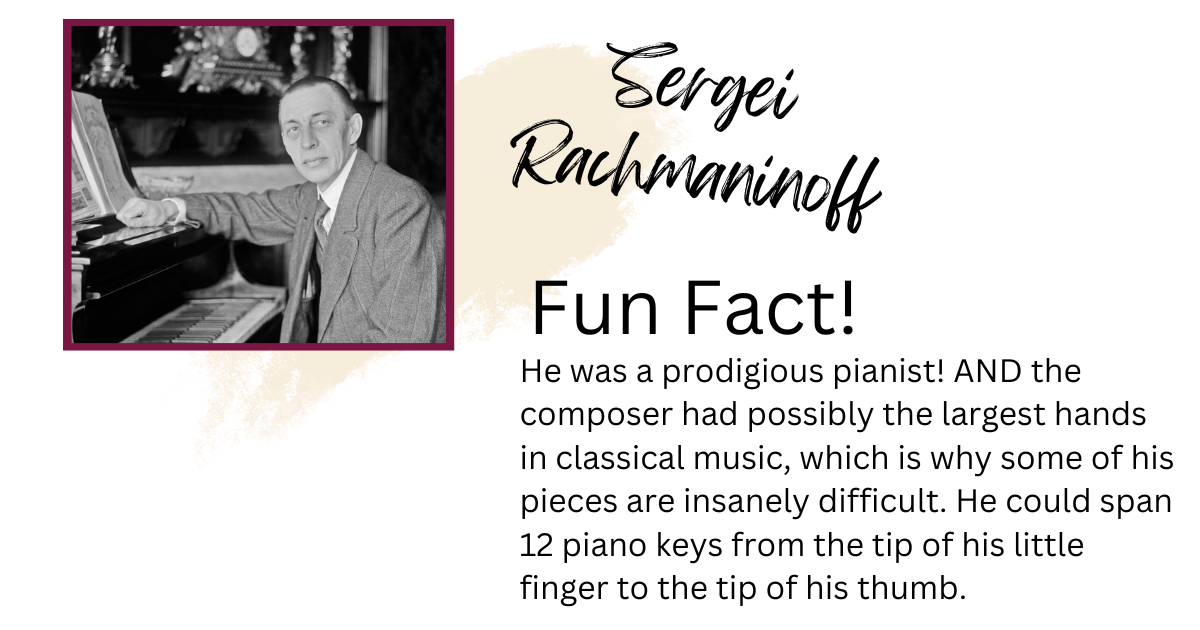
Following an unpleasant episode at Moscow’s Bolshoi Theatre in 1904, during which many prominent musicians were driven away by the dictatorial methods of its director, Rachmaninoff spent the next two years touring and living in Italy and Germany, performing as well as composing. Though he at one time swore he would never compose another symphonic work, owing to the abject failure of his First Symphony ten years earlier, he began work on his Second Symphony in 1906, encouraged by the success of his C minor Piano Concerto and other works written after 1901. Completed in 1907, the Symphony was first heard in St. Petersburg the following year, with the composer conducting. The Philadelphia Orchestra gave the first American performance in 1909, again with the composer on the podium.
The Second Symphony is replete with the expansive melodic lines, chromatic harmonic structure, and energetic rhythmic pulse that define the music of Rachmaninoff. Opening with a somber introduction of cyclic themes to be heard throughout the work, the ensuing energetic allegro is imbued with lush melodic passages and constitutes the development of the first movement. The light-hearted second movement scherzo includes a fugal trio, perhaps a tribute to the composer’s conservatory teacher Taneiev, a proponent of strict contrapuntal writing, and to whom the Symphony is dedicated. The heart of the work is the moving Adagio, with the pathos of its opening solo for clarinet. Elements of the first movement return in the vivacious and brilliantly scored finale, and an extended coda interweaves these melodic fragments as the work concludes in a manner reminiscent of the composer’s idol and compatriot Tchaikovsky.
Season 74 kicks off Friday, September 29th at 7:30pm in NAU’s Ardrey Auditorium! For tickets visit:
https://nautickets.universitytickets.com/w/event.aspx?id=1812&r=8b809d79776747c3987a862f88af7083
Program Notes by Charly Spinning
